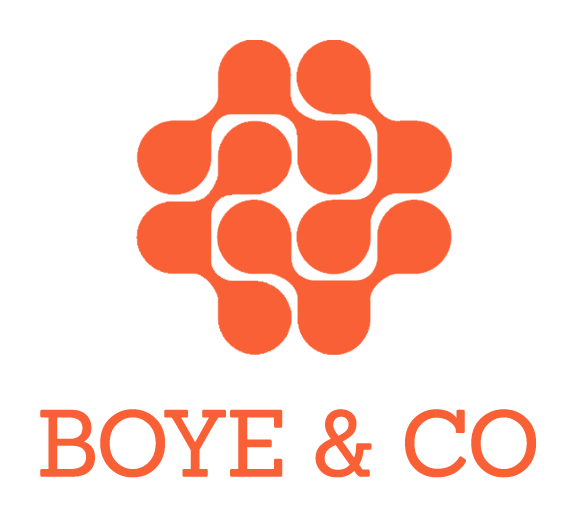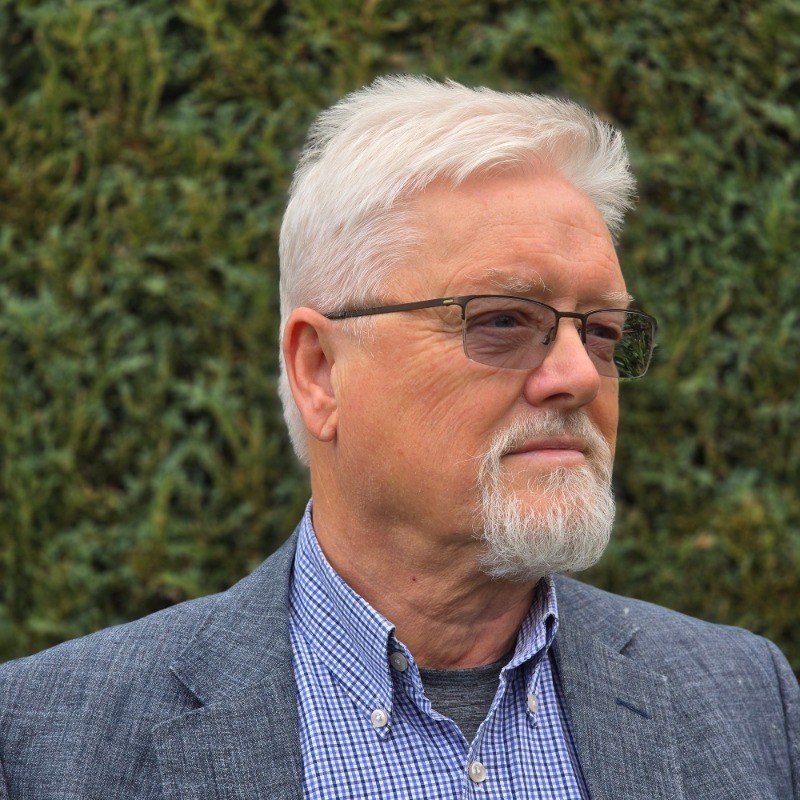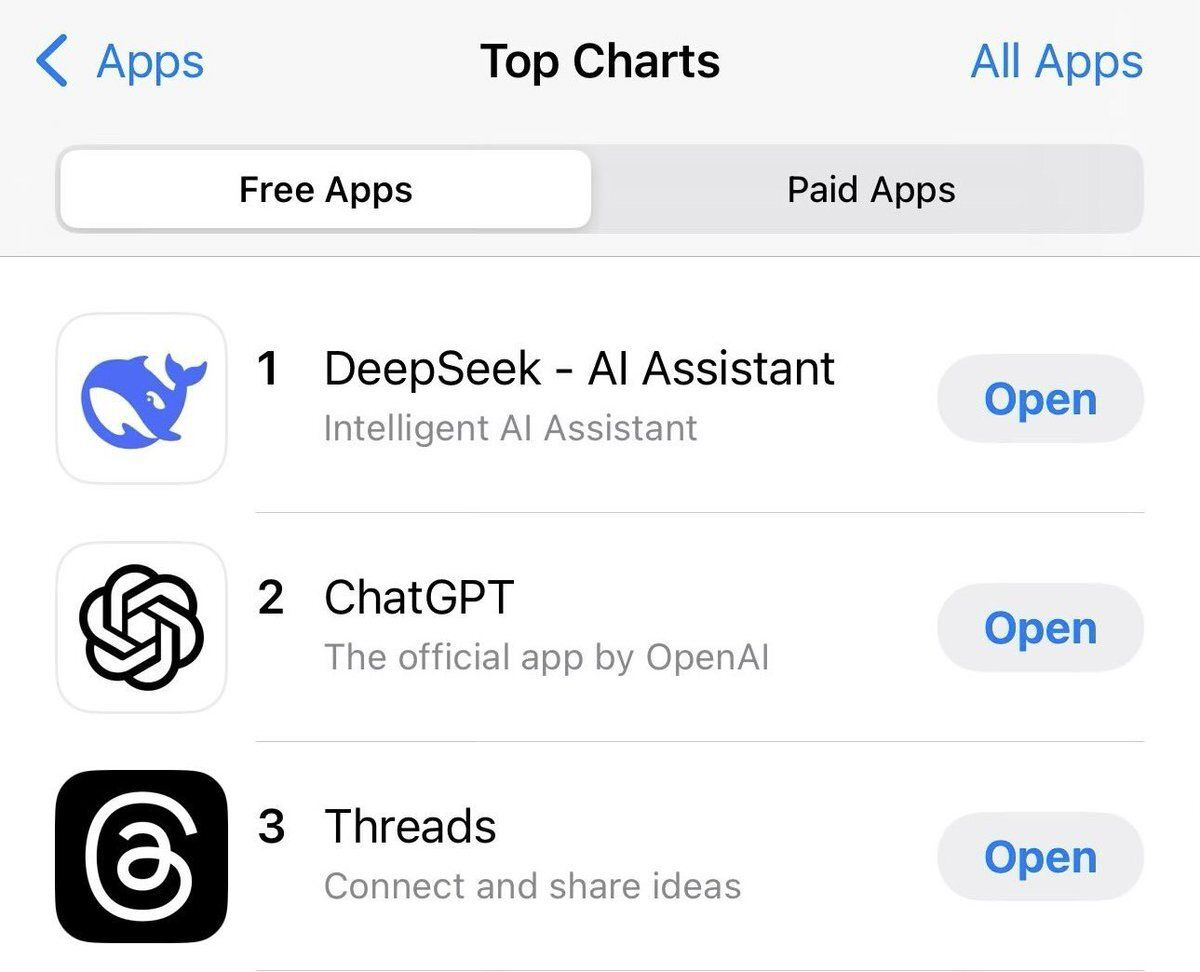Last year, I dismissed AI coding assistants as fancy autocomplete tools. After five decades of programming, I thought I'd seen every productivity promise come and go. I was wrong.
My journey started simply enough with vanilla Visual Studio Code. Microsoft Copilot came next, making big promises about revolutionizing coding. Skeptical but curious, I tried that, then Cursor, a VS Code fork that actually delivered when pointed at the right code along with the manufacturers documentation. Adding Claude through Cline opened new possibilities, followed by Roo Code with its specialized prompts for architecture, coding, and code review.
Then DeepSeek-R1 arrived, unlike the other leading AI LLms, it is open-source, meaning anyone can use, modify, or or share it for free, the online version matches Claude's capabilities at a tenth of the cost. This constant evolution taught me something: yesterday's cutting-edge tool could be tomorrow's expensive luxury.
5 new tools to learn in one year, it’s what I live for.
Each tool brought something unique. Copilot nailed the quick suggestions. Cursor understood the broader context, perfect for refactoring. Claude helped think through architecture, while DeepSeek-R1 excelled at effective rapid prototyping.
I do not abandon the old tools, I keep them in my toolbox; each has something that adds to my workflow, for instance DeepSeek-R1 has recently slowed, as it became the world's most favourite app - the load on their servers became so great that throttling was introduced. I would then use a different tool for the simpler tasks. I still use Copilot to generate commit messages. The tools in cursor are invaluable for documentation; and I draft prompts away from my IDE, using web interfaces. Its like having a box of tools, or perhaps more like a team of clever interns working with me.
Understanding the Shift
Working with these tools led me to understand that prompting AI requires the same skills as traditional programming. The parallels became clear - whether I was writing BASIC in 1977 or crafting prompts for DeepSeek in 2024, I found myself using the same core principles:
Define problems clearly
Specify exact steps
Handle edge cases
Manage resources properly
Consider error conditions
The language changed from code to English, but the thinking stayed the same.
Working Together
What started with simple code completion evolved into something more nuanced. Take complex refactoring tasks - breaking them down into clear, logical steps for the AI mirrors how we'd guide any developer. The better I explain the context and requirements, the better the results.
I do not want to fill this post with lengthy prompts, but if you want to see the details — you can see my: AI Code Modification Prompt Template.
Beyond Simple Generation
Through trial and error, I've come to treat AI as a unique kind of pair programmer - one with vast knowledge but requiring clear direction and careful review. Each prompt becomes a mini-program in itself, designed to help the AI understand and implement my requirements effectively.
But let's be real: AI makes mistakes. My best results come from careful prompting and thorough code review. No matter how precise the prompt, questions and verification remain essential. I ask the AI to review the code it generated after I finish the session. You can view my review checklist.
I then give the AI permission to suggest changes and review the code in another detailed prompt with guardrails; see the full text of the prompt.
A Reliable Process
Here's what works for me:
Begin with a clear statement of project requirements document (PRD)
Document the desired architecture and constraints
Write clear, focused prompts that include relevant context
Check generated code, especially the edge cases
Ask the AI to explain crucial decisions
Test thoroughly, particularly where new code meets old
Document the AI's assumptions and limitations
Use Meta-cognition to get AI to improve its prompts
Do not let AI create unasked for improvements
This approach catches issues early and maintains code quality.
The Road Ahead - up to next two years
Programmers who master AI tools will shape the next era of software development. Think of AI as our newest, most powerful programming language - one that speaks human. Like I have taught my IDE to improve itself through logs and meta-cognition, the IDE and AI providers have their own logs and can see the errors that you corrected within the conversations, in their logs. They will use this to improve the product
For the skeptics, remember how the industry resisted every major shift. Structured programming faced pushback. People called object-oriented programming needlessly complex. Yet each change created new opportunities for adaptable developers.
I expect even more powerful development tools soon. Success will come from blending programming fundamentals with AI capabilities. The magic happens when seasoned programming wisdom meets AI's potential, creating solutions neither could achieve alone.
I give the AI firm instructions with enough detail about the project in the prompt, I also use a Project Requirements Doc (PRD) to flesh out the initial programming. And I ask the AI assistant to review the code afterwards
I use the review and the logs to ask AI to introspect and improve the prompt.
The Future, beyond two years
Looking beyond two years, AI's evolution in programming will accelerate. The rise of WASM (Web Assembly) will mark a real turning point - AI will generate website components in this low-level, high-performance format that humans rarely need to touch. After five decades of coding, I see this as a natural progression. Instead of writing code directly, we'll focus on what we do best: crafting precise requirements, designing architectures, and writing clear prompts that guide AI in generating optimal solutions. The code itself will become AI's domain, while we drive the vision and direction.
I look forward to this next step
Learn more about how AI is changing everything
Tom frequently shares his thinking on AI with us. Here’s some of his recent posts:
From Commodore PET to DeepSeek-R1 (January 2025)
Gen AI prompting is just another programming language (October 2024)
Getting through the AI hype: Selecting an AI model that works for you (May 2024)
What’s the impact of the new Robot-First Web? (January 2025)
You can meet Tom in person at CMS Summit 25 in Frankfurt in May and he’s also an active member of the CMS Experts community.


